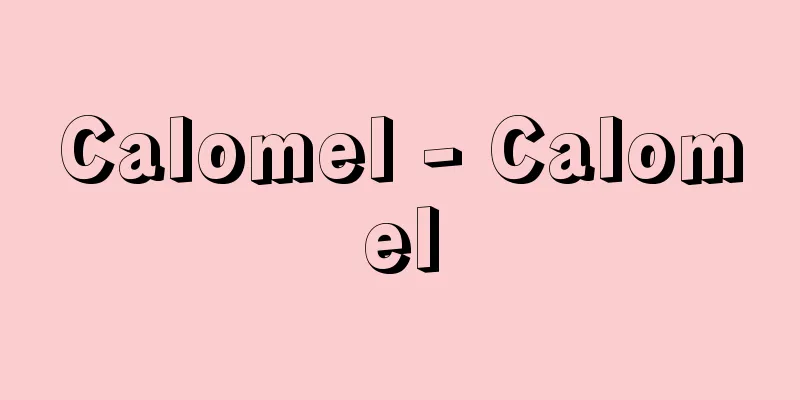New Enlightenment Movement (English: New Enlightenment Movement)

|
An ideological movement that arose among Chinese intellectuals in 1936, just before the Second Sino-Japanese War. Chen Boda defined this movement as being in line with the Enlightenment movement in modern China, and called it the New Enlightenment Movement in contrast to the cultural movement around the May Fourth Movement. There are many points of contention, but it can be said that it was a movement in which urban intellectuals were united into a national united front against Japan and for the salvation of the nation, in anticipation of the Second Sino-Japanese War. [Kawai Satoru] Source: Heibonsha World Encyclopedia, 2nd Edition Information |
|
日中戦争直前の1936年,中国の知識人のあいだにおこった思想運動。陳伯達によって,この運動は近代中国の啓蒙運動の流れの上に意義づけられ,五・四運動前後の文化運動に対して,新啓蒙運動と呼ばれた。論点は数多いが,日中戦争をひかえて,都市知識人が抗日・救国の民族統一戦線に集約される動きであったといえよう。【川井 悟】
出典 株式会社平凡社世界大百科事典 第2版について 情報 |
Recommend
Tadmor
…The ruins are located about 200 km northeast of ...
Triangulum Australe (Southern Triangle)
Its abbreviation is TrA. It is a small constellati...
Ranchera (English spelling)
(1) A dance from Argentina in South America. It is...
Folded pie dough - Orikomi Pakiji
...There are many different types depending on th...
Rock shelter ruins - Iwakageiseki
This is one of the ancient ruins where a small de...
Lonicera alpigena (English spelling)
…[Mr. Makoto Fukuoka]. … *Some of the terminology...
Clavier
Klavier is a German term for keyboard instruments ...
Bituminous coal - Lexeitan
A coal whose coalification rank is between subbit...
Yi-fu-jiu (English spelling)
A Chinese Qing Dynasty trader and painter. Born in...
Korean Academy of Science
Its official name is the Academy of Sciences of th...
total organized music
...A compositional technique that was widely used...
Blocking oscillator - Blocking oscillator
A type of sawtooth wave oscillator in which vacuum...
Nyoi - wish
〘noun〙① To get what one wishes. ※Shoreishū-7 (arou...
Omi Iseki family
A family of hereditary Noh mask makers from the ea...
Borgianni, O. (English spelling) BorgianniO
...On the other hand, Caravaggio, a native of Lom...









